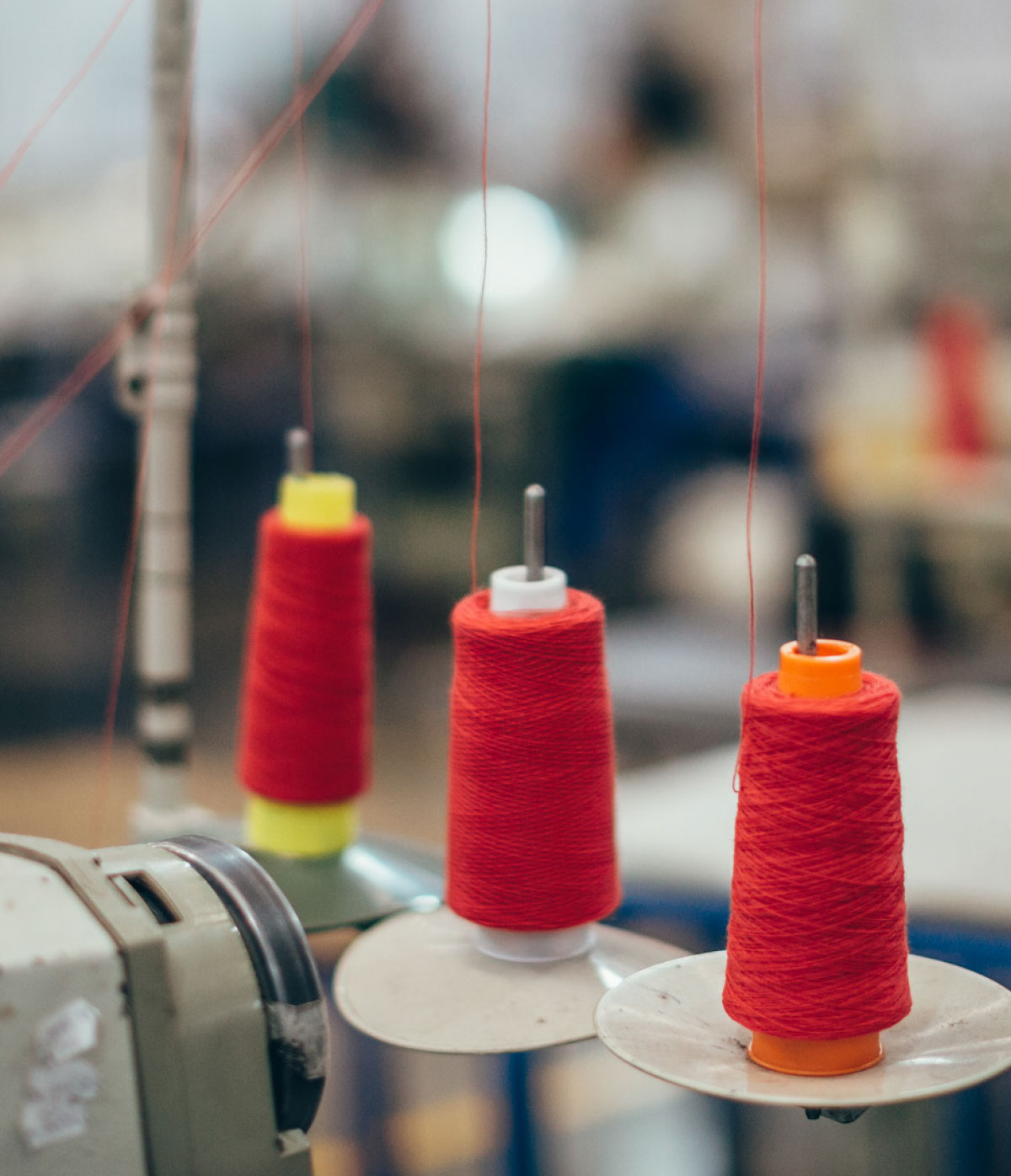How can we create working conditions that change millions of people’s lives for the better?
For the last 20 years, the industry has employed top-down audits of factory compliance in an effort to improve working conditions. Unfortunately, this approach hasn’t worked. Audits alone can’t address the huge power imbalance in the fashion industry – an industry that’s driven by cost, often resulting in exploitation.
Many brands and NGOs have addressed the failure of auditing by developing and implementing projects that aim to benefit worker health, safety, wellbeing and productivity. While these programmes benefit some workers, multiple projects happening in silos takes a lot of time, effort and money and ultimately haven’t contributed to systemic change, leaving a majority of workers’ conditions unchanged.
What can work?
We believe that the best way to create change at scale is through three methods: public disclosure, worker agency and policy change. When all three elements work together, the result will be better working conditions where the people who make our clothes are safe, respected and paid fairly.
How to scale change
Share standardised, relevant, and company specific data that can increase accountability.
When credible and granular information is publicly disclosed, it means that anyone can compare company performance over time and hold companies to account.Make sure workers are involved in the process.
Enable workers to know their rights and use public data to negotiate collectively for improvements on issues that are most important to them. Workers must be able to prioritise the issues they want to negotiate, rather than brands or manufacturers setting the agenda without their input.Use public disclosure and worker negotiation to change and enforce policy.
Information alone will not secure policy reform. Networks, coalitions and alliances must be built and supported, and they must include workers. Data is one tool used by these groups as they push for policy change.

Number of
brands disclosing supply chains

Since 2015,
we have committed €7,978,000 to 22 transparency initiatives

Insight
Transparency is on the rise
- In 2005, three brands disclosed their supply chains. In 2017, 152 brands have disclosed their supply chains.
- Fashion Revolution’s Transparency Index research shows a 5% average increase in transparency amongst the 98 brands and retailers reviewed in 2017 and again in 2018 — with some brands improving their level of transparency as much as 22%.
- C&A Foundation has been one of the main advocates for greater transparency in the apparel industry. Since 2015, the working conditions programme has committed €8 million to 22 initiatives that support or promote accountability through transparency.
- Transparency is becoming higher on the public agenda. It has started to feature prominently in the media and large sustainability events, like the Sustainable Brands conference, BSR, Copenhagen Fashion Summit and The Trust Conference.
Success story
First meeting on transparency held in Bangladesh
In 2017 we saw the first ever meeting focusing on transparency in the Bangladesh apparel sector. This event followed a multi-stakeholder transparency meeting in Sri Lanka in December 2016 with over 50 industry stakeholders and marks a milestone for the sector in Bangladesh.
Held in partnership with BRAC and the Ethical Trading Initiative, 64 participants attended the conference including union representatives, buyers, government, donors, industry associations, and – most importantly – workers. It was a rare occasion where all stakeholders could come together and speak on an equal level.
Together, the group discussed how to establish Bangladesh as a leader in transparency, in order to improve the country’s reputation and conditions for workers. Thanks to the meeting, a new working group has been established, which is made up of a sub-set of all the stakeholders who attended the meeting. To start with, the group will focus on conducting a baseline study on transparency and the biggest opportunities for improvement in Bangladesh.